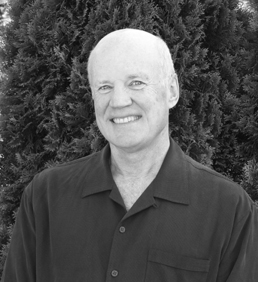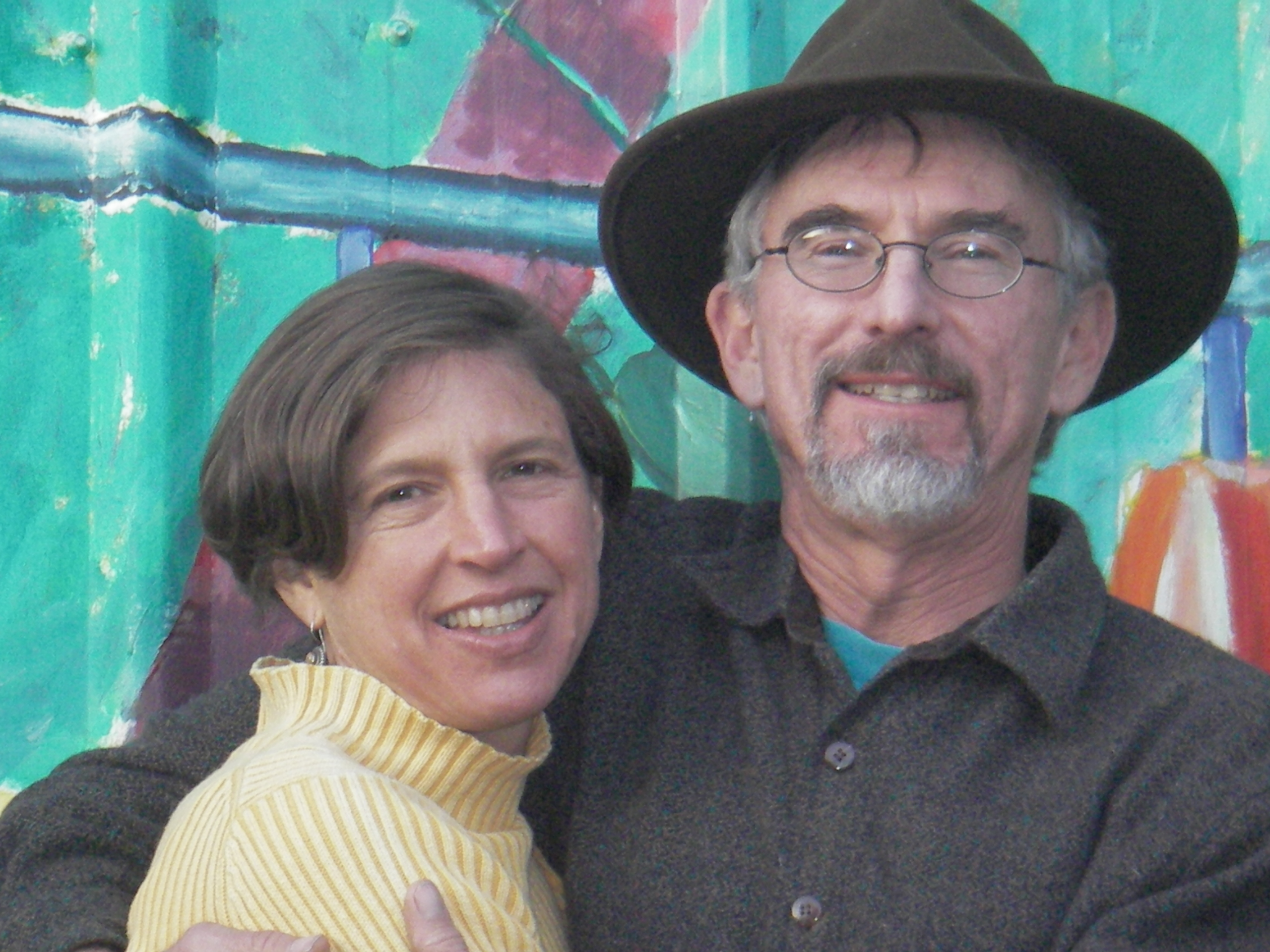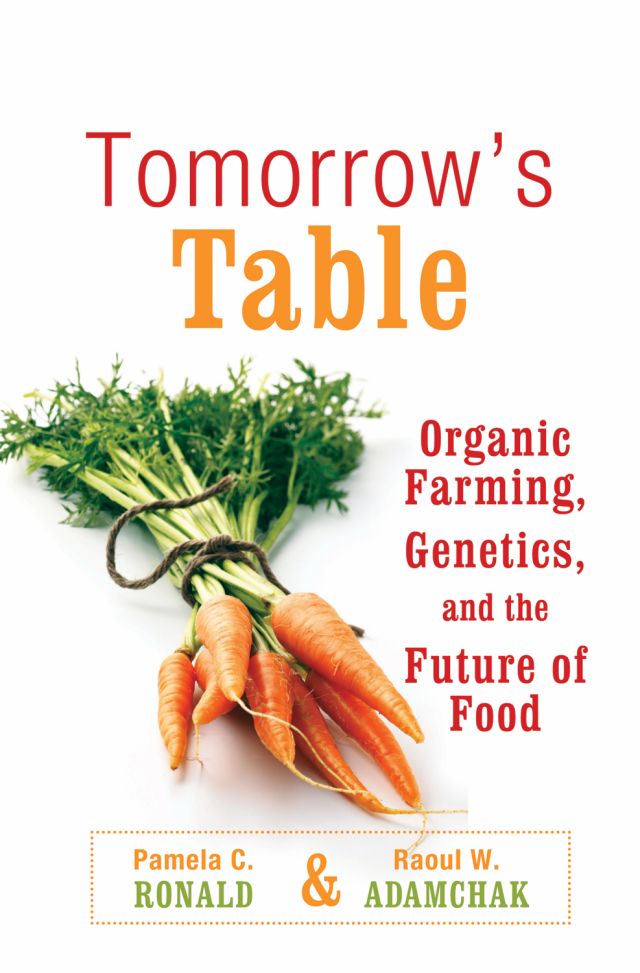What is all around us, terrifies a lot of people, but adds enormously to the quality of life? Answer: chemistry. Almost everything that happens in the world, in transport, throughout agriculture and industry, to the flexing of a muscle and the framing of a thought involves chemical reactions in which one substance changes into another.
The post The case for chemistry appeared first on OUPblog.
Yesterday we posted part two in our dialogue between Robert Paarlberg (who recently published Starved For Science) and Pamela Ronald (author of Tomorrow’s Table). These two experts have been debating all week how to best ensure a safe food supply with the least amount of damage to the environment. This is the third and final part of the series, so be sure to read parts one and two first.
Robert Paarlberg is the Betty F. Johnson Professor of Political Science at Wellesley College. His  most recent book is Starved For Science: How Biotechnology is Being Kept Out of Africa(Harvard University Press), explains why poor African farmers are denied access to productive technologies, particularly genetically engineered seeds with improved resistance to insects and drought.
most recent book is Starved For Science: How Biotechnology is Being Kept Out of Africa(Harvard University Press), explains why poor African farmers are denied access to productive technologies, particularly genetically engineered seeds with improved resistance to insects and drought.
Pamela C. Ronald is a Professor in the Department of Plant Pathology at the University of California, Davis. Her laboratory has genetically engineered rice for resistance to diseases and flooding. She is an elected Fellow of the American Association for the Advancement of Science. Her most recent book, written with Raoul W. Adamchak, is Tomorrow’s Table: Organic Farming, genetics, and the Future of Food, which argues that a judicious blend of two important strands of agriculture–genetic engineering and organic farming–is key to helping feed the world’s growing population in an ecologically balanced manner.
the Department of Plant Pathology at the University of California, Davis. Her laboratory has genetically engineered rice for resistance to diseases and flooding. She is an elected Fellow of the American Association for the Advancement of Science. Her most recent book, written with Raoul W. Adamchak, is Tomorrow’s Table: Organic Farming, genetics, and the Future of Food, which argues that a judicious blend of two important strands of agriculture–genetic engineering and organic farming–is key to helping feed the world’s growing population in an ecologically balanced manner.
Dear Pam,
Thanks for your last note. I like your final observation:
“So what I advocate is intensive farming using the most ecologically responsible approaches. In our view this would include many organic production practices and GE crops.”
I am attracted, as you are, to a number of organic production practices. What I find less attractive are the  strict prohibitions in organic farming against some practices, such as the prohibition against all synthetic fertilizer use, or against all synthetic pesticide use. In many cases it will make ecological sense to restore soil nutrients by using a combination of both compost and synthetic nitrogen, yet the rules of organic certification make this impossible. It makes ecological sense, in many cases, to adopt an integrated pest management strategy, eliminating the routine use of synthetic insecticides yet keeping the chemical option available for the occasional circumstance when pest damage crosses a certain threshold. Yet once again the rules of organic certification make this practice impossible, since no use of synthetics is permitted.
strict prohibitions in organic farming against some practices, such as the prohibition against all synthetic fertilizer use, or against all synthetic pesticide use. In many cases it will make ecological sense to restore soil nutrients by using a combination of both compost and synthetic nitrogen, yet the rules of organic certification make this impossible. It makes ecological sense, in many cases, to adopt an integrated pest management strategy, eliminating the routine use of synthetic insecticides yet keeping the chemical option available for the occasional circumstance when pest damage crosses a certain threshold. Yet once again the rules of organic certification make this practice impossible, since no use of synthetics is permitted.
I have another question about the rules of organic certification, which say it is perfectly all right to use “natural” poisons to kill insect pests. What is it that allows us to assume naturally occurring insecticidal substances are good, while those fabricated by people are always bad? This rule seems to derive, a bit too much, from the pre-scientific views held by the mystics and romantics who originated “biodynamic” and organic farming a century or more ago.
But perhaps I am missing something here.
Thanks,
Rob
Dear Rob
The organic certification system provides guidelines for a biologically-based agricultural. One of the points of our book is that a truly sustainable agriculture will need to integrate many of these organic,  scientifically-based principles. Yet it will also need to integrate new crop varieties, including those GE crops that satisfy principles of sustainable production. As you point out, different locations, crops and farmers will need to employ different approaches to achieve this vision. As Mike Madison, a fellow farmer, neighbor and writer says, “In dealing with nature, to be authoritarian is almost always a mistake. In the long run, things work out better if the farmer learns to tolerate complexity and ambiguity . . . Having the right tools helps”
scientifically-based principles. Yet it will also need to integrate new crop varieties, including those GE crops that satisfy principles of sustainable production. As you point out, different locations, crops and farmers will need to employ different approaches to achieve this vision. As Mike Madison, a fellow farmer, neighbor and writer says, “In dealing with nature, to be authoritarian is almost always a mistake. In the long run, things work out better if the farmer learns to tolerate complexity and ambiguity . . . Having the right tools helps”
Unfortunately such a sustainable system, although increasingly used around the world, has not yet been clearly defined. We begin that dialog in our book and appreciate your valuable contributions.
All the best
Pam
Dear Pam,
Yes, I appreciate the dialog we have begun, and look forward to staying in touch. The point made by Mike Madison is solid. It was Rachel Carson who taught us best not to be either authoritarian or arrogant when working with biological systems, as we still know only a small amount about how they work, and especially how they work with each other. Whenever we introduce agricultural cropping systems into the natural environment we risk doing harm as well as good.
I have just been asked by the Food and Agriculture Organization of the UN to prepare a background paper that tries to imagine how the world can double its food production by the year 2050 (as will be necessary, given projected population and income growth in the developing world between now and then) without doing unwanted harm to the natural environment. A tall order, I think you would agree. I will have your nice book, Tomorrow’s Table, open on my desk when I get started on this task. Your willingness to integrate multiple approaches - from organic to GMO - into the design of sustainable farming systems is a persuasive approach to me. Thank you for opening so many minds with this inclusive approach.
Rob Paarlberg
ShareThis
I knew I wasn't in New York anymore
Southbound, I-89, Vermont to Long Island
Somewhere near Randolph,
one of those towns you only see
on picture postcards,
in art house movies,
and pinpoint black dots on a road atlas
These are the towns we pass straight through
these are the places we forget
These are the people we ignore
And I would never have known Randolph
And I never would have stopped
I would have kept my foot on the pedal
and soared by,
sixty-five miles per hour
But I know this name
I know this place
because my car's oil pressure gauge
went flatline at exit 4,
You don't fool around
with "STOP SAFELY!" messages
blinking on the dashboard
Something tells you
you're in trouble
Like a mirage,
a Mobil gas station appeared,
just off the exit ramp,
tucked into a white carpet,
sheaths of jagged, shaggy layers of snow
surprisingly busy with snowmobiles
truckers in workboots and parkas and knit caps,
and locals, fair-skinned and sturdy,
buying the Sunday paper and a pack of cigarettes
I pulled in, parking my unruly Volvo SUV in a corner,
ashamed and awkward and intimidated
by people who knew where they were going
and what they were doing
I prayed someone inside
the tiny store at the edge of the crossroad
would save me
"We're too small," the manager said,
never looking at me, ringing the cashier,
wiping the counter,
answering the phone
"We don't service cars.
You're gonna' need a tow.
25 miles to the nearest town
Don't worry.
25 miles is nothing around here."
AAA had to come to
rescue me
I learned a lot about Randolph, Vermont
in the two hours of my unintended visit to this
town, buffered by crossroads in the middle of nowhere
I asked Brenda,
the Mobil gas station attendant,
what people did in Randolph
and she told me:
"You're doing it."
Brenda bought me coffee
and lent me her cell phone
to call AAA
("Only Verizon works out here,"
she said)
We were the same age
Fortysomething
She'd rather be
a stained-glass artist
than a Mobil gas station attendant
but she already has grandchildren
she was abused for nine years
she knows how to open car hoods
she knows how to find dipsticks
she wants her children to join
The National Guard
I told her:
"I write poetry"
Driving home in a thick, white breeze of snow Sunday afternoon
Clutching the wheel for dear (not deer, ahem) life,
afraid my car would roll over
as two cars did just before me
on an icy bend on I-89 South
I saw a sign just like this

I thought I had stepped onto the set of Northern Exposure, a show I remember more for the cute Jewish doctor in Alaska
(okay, it could happen, but his mother wouldn't be happy about it)
and the nomadic moose in the opening credits
You see a lot of strange things on Long Island:
fake body parts pumped plump with Botox and gel,
Ugg boots and cuffed denim shorts,
Wrinkled in Time Grandpas in red Corvettes
We've got lots of doctors my mother wished I married
but we don't have moose

We do have the occasional MEESE-kite,
now that I think about it.
I wonder if MEESE is the plural of MOOSE
FYI: In Yiddish, meesekite ("mieskeit") are unattractive human faces.
Not that a moose isn't pretty in its own way.
It's an acquired taste, I suppose
Like squid
Like liver
Like gefilte fish









